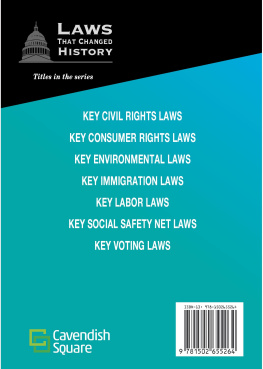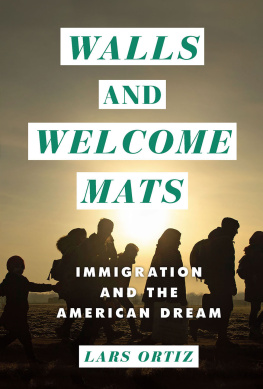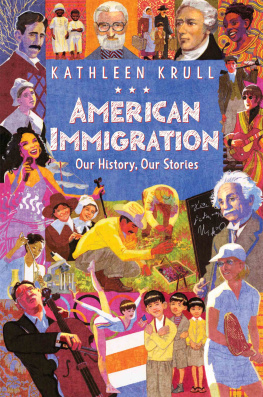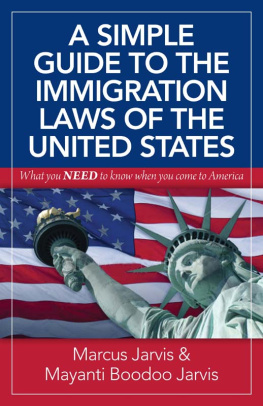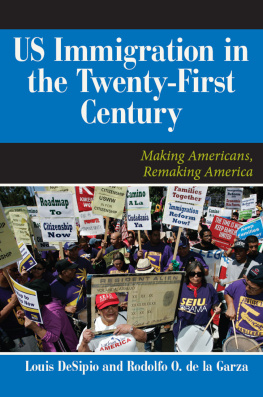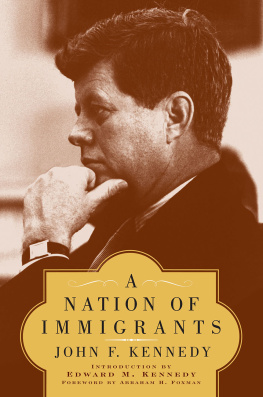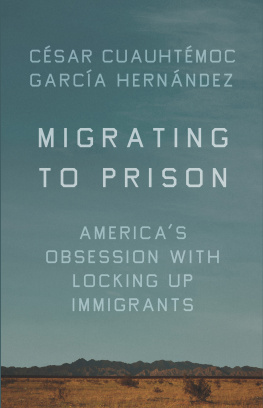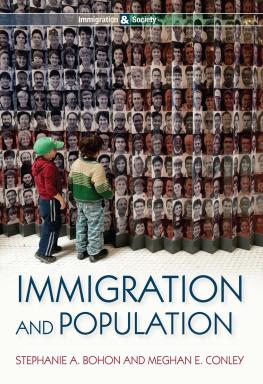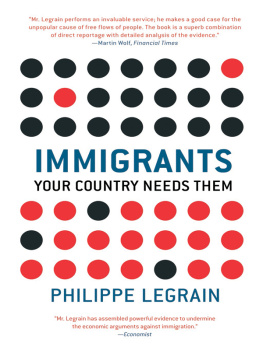
Published in 2020 by Cavendish Square Publishing, LLC
243 5th Avenue, Suite 136, New York, NY 10016
Copyright 2020 by Cavendish Square Publishing, LLC
First Edition
No part of this publication may be reproduced, stored in a retrieval system, or transmitted in any form or by any meanselectronic, mechanical, photocopying, recording, or otherwisewithout the prior permission of the copyright owner. Request for permission should be addressed to Permissions, Cavendish Square Publishing, 243 5th Avenue, Suite 136, New York, NY 10016. Tel (877) 980-4450; fax (877) 980-4454.
Website: cavendishsq.com
This publication represents the opinions and views of the author based on his or her personal experience, knowledge, and research. The information in this book serves as a general guide only. The author and publisher have used their best efforts in preparing this book and disclaim liability rising directly or indirectly from the use and application of this book.
All websites were available and accurate when this book was sent to press.
Cataloging-in-Publication Data
Names: Ohnaka, Kathryn.
Title: Key immigration laws / Kathryn Ohnaka.
Description: New York: Cavendish Square Publishing, 2020. | Series: Laws that changed history | Includes glossary and index.
Identifiers: ISBN 9781502655264 (pbk.) | ISBN 9781502655271 (library bound) | ISBN 9781502655288 (ebook)
Subjects: LCSH: Emigration and immigration law--United States--Juvenile literature.
Classification: LCC KF4819.85 O36 2020 | DDC 342.73082--dc23
Printed in the United States of America
Photo Credits: Cover, p..
CONTENTS
Introduction
W ho belongs here? Its a question Americans have asked since before the United States officially became a country. For centuries, immigrants from all over the world have flocked to Americas shores, seeking safety, jobs, freedom, and better lives for themselves and their families. Some have been welcomed and others scorned, but as the years pass, more immigrants arrive. The countrys laws continue to grow and change as its population becomes more diverse.
The government works to adjust the laws as immigrants arrive. In 2019, the focus was on immigrants from Mexico and Central America as well as predominantly Muslim countries in Africa and the Middle East. On September 24, 2017, President Donald Trump signed an executive order stating that visa applications would not be accepted from Iran, Yemen, Somalia, Syria, Libya, and North Korea. It was the third version of the order, often referred to as the Muslim Ban. Earlier versions had included additional Muslim-majority countries.

In the early 1900s, many immigrants came to the United States by crossing the Atlantic Ocean, sailing past the Statue of Liberty on the way to Ellis Island.
President Trump claimed that this ban would reduce terrorism and crime in the United States. Opponents said the act discriminated against people of the Muslim faith. The various versions of the order were challenged in court, but the third version was ultimately upheld by the Supreme Court. It ruled that under the Immigration and Nationality Act, the ban protects Americas interests. Opponents continue to challenge the ban.
This isnt the first ban on nationalities of people. European, African, and Chinese people have faced similar bans throughout history. People argued that these immigrants would disrupt the culture, steal jobs, or consume resources. These bans were protested and overturned, and new laws were created to ensure immigrants could stay. It sometimes took decades, but every time the laws changed, Americas culture became more diverse.
Why are so many people coming to the United States? Some seek freedom from tyrannical governments or religious persecution. Some flee violence, war, or natural disasters. Some are starving, in need of medical care, or want to be reunited with family. Some seek education or better lives for their children. The United States promises freedom from tyranny, freedom of speech and religion, and ample resources. Once they arrive, immigrants need to apply either for asylum or for a visa or green card. Immigrants are guaranteed a hearing to see if they can stay, but getting to these hearings can take years. The process is arduous, but many people feel that the chance at life in America is worth it.
For centuries, immigrants have come to America in hopes of finding a better lifea life of freedom and hope promised by the US Constitution. Laws have changed through history to accommodate them. Lets look at these laws and how theyve affected people throughout Americas history.
CHAPTER
1
Who Are Immigrants?
I mmigrants are people born in a foreign country who wish to live elsewhere. They pack their belongings, leave everything theyve ever known, and move to a new country to seek a new life. Immigrants to the United States come from all over the world.
Immigrants can become citizens, or they can live in America on a resident visaa certificate or stamp in a persons passport that allows them to stay in the country. If an immigrant wishes to keep their own countrys citizenship but live and work in the United States, they are required to have a green card, which is a special permit that can be renewed repeatedly. Specific rights are granted by certain visas; for example, an immigrant on a student visa is allowed to study in America, but not to work. Immigrants who are not citizens are sometimes referred to as aliens. If they enter the country legally, they are referred to as documented; if not, they are undocumented.
Immigrants can enter the country legally for a variety of reasons. They may be marrying an American citizen, seeking work, seeking to be reunited with family, wanting to study, or wanting to travel for an extended period of time. Others may be seeking asylum, which is when a person flees from their home country to escape war, a disaster, a tyrannical government, or religious persecution. People who enter illegally generally either sneak in over the border or overstay their visa, meaning they stay past the visas expiration date. Undocumented immigrants enter the country largely for the same reasons that legal immigrants do but are frequently in too much danger at home to wait for the proper permission. All immigrants, documented or not, are guaranteed basic protections and rights under the US Constitution and its amendments.

Immigrants can enter the United States for a variety of reasons, including seeking political asylum, getting an education, or marrying a US citizen.
The Earliest Immigrants
Before the days of visas, anyone who had the ability to get on a boat could immigrate to America. The first immigrants to America came from Europe. They began arriving in the 1500s from England, France, and Spain, and they set up small colonies. Explorers came looking for land and gold. The journey was expensive and arduous, and many did not survive. Those who did live found that the land was far different from Europe, dangerous and difficult to colonize, as there were already people living there. Many Native Americans were killed by colonizers.

Next page
